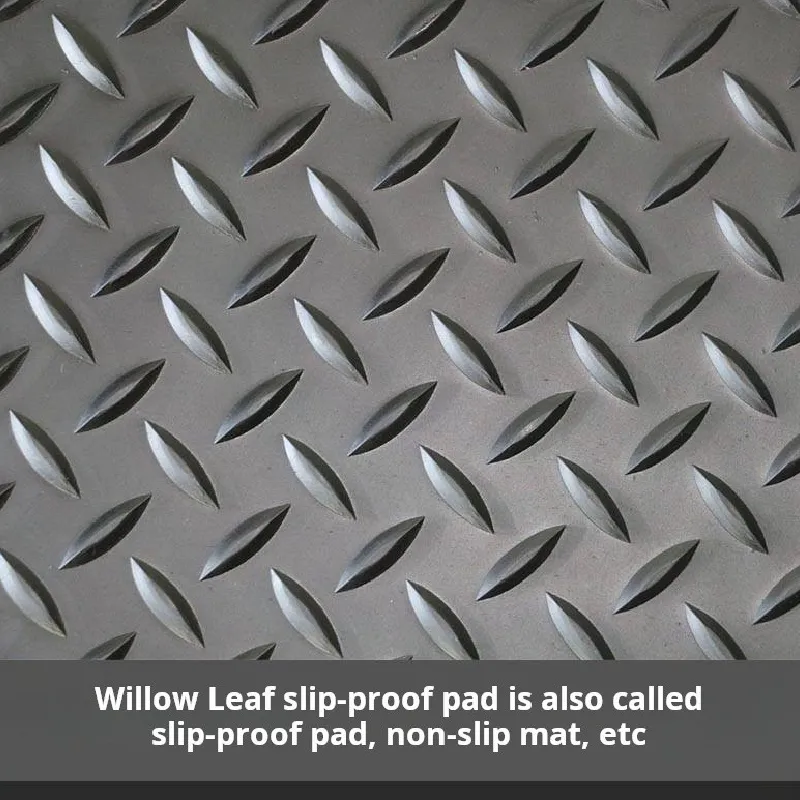rubber strip for garage door
The Importance of a Rubber Strip for Garage Doors
Garage doors play a crucial role in protecting your home, vehicles, and belongings from the elements and potential intruders. However, without the right accessories, even the best garage door can fall short in providing adequate protection. One such accessory that often goes unnoticed but is essential is the rubber strip.
What is a Rubber Strip for Garage Doors?
A rubber strip, also known as a garage door seal or weather stripping, is a flexible strip made from durable rubber material that is installed around the perimeter of the garage door. Its primary purpose is to create a tight seal between the garage door and the floor, preventing dust, dirt, water, and pests from entering the garage.
Benefits of Installing a Rubber Strip
1. Weather Protection One of the most significant advantages of a rubber strip is its ability to keep out rain, snow, and wind. This is particularly important in areas prone to extreme weather conditions. By sealing the gap, you protect your garage and its contents from water damage and corrosion caused by moisture.
2. Energy Efficiency A properly installed rubber strip can help improve your garage's energy efficiency. It prevents drafts and helps maintain a more stable temperature, reducing the load on heating or cooling systems in adjacent spaces. This can lead to lower energy bills and a more comfortable environment.
3. Pest Control Gaps under the garage door can serve as entry points for rodents and insects. Installing a rubber strip creates a barrier, making it much more challenging for pests to infiltrate your garage. This is especially important for those who store food or garden supplies in their garage.
4. Noise Reduction A rubber strip can also act as a sound barrier. It minimizes noise from outside, which can be particularly beneficial if you live in a busy area. The seal helps to dampen sounds, creating a quieter space.
5. Reduced Wear and Tear Consistently opening and closing a garage door can cause wear and tear over time. A rubber strip acts as a cushion, reducing the impact of the door's movement. This can lead to longer-lasting equipment and fewer repairs.
rubber strip for garage door

How to Install a Rubber Strip
Installing a rubber strip is a straightforward process that many homeowners can do themselves. Here are the steps typically involved
1. Select the Right Strip Measure the width of your garage door and choose a rubber strip that fits. Various types are available, including those specifically designed for different weather conditions.
2. Prepare the Surface Clean the area where the strip will be installed to ensure good adhesion.
3. Cut to Size Depending on your garage door's dimensions, you may need to cut the rubber strip to fit perfectly.
4. Attach the Strip Use adhesive or nails, as recommended by the manufacturer's instructions, to secure the strip to the bottom of the garage door.
5. Test the Seal After installation, check if the seal is effective by closing the door and looking for any gaps.
Conclusion
Investing in a rubber strip for your garage door is a simple yet effective way to enhance the functionality of your garage. With benefits ranging from weather protection and energy efficiency to pest control and noise reduction, a rubber strip is a small addition that can have a significant impact on your home. For any homeowner looking to improve their garage's integrity and longevity, a rubber strip is an essential component that should not be overlooked.
-
Under Door Draught Stopper: Essential ProtectionNewsJul.31,2025
-
Garage Door Seal and Weatherstrips for ProtectionNewsJul.31,2025
-
Edge Banding Tape for Perfect EdgesNewsJul.31,2025
-
Table Corner Guards and Wall Corner ProtectorsNewsJul.31,2025
-
Stair Nose Edging Trim and Tile Stair SolutionsNewsJul.31,2025
-
Truck Bed Rubber Mats for Pickup BedsNewsJul.31,2025
-
Window Weather Stripping for Noise ReductionNewsJul.29,2025